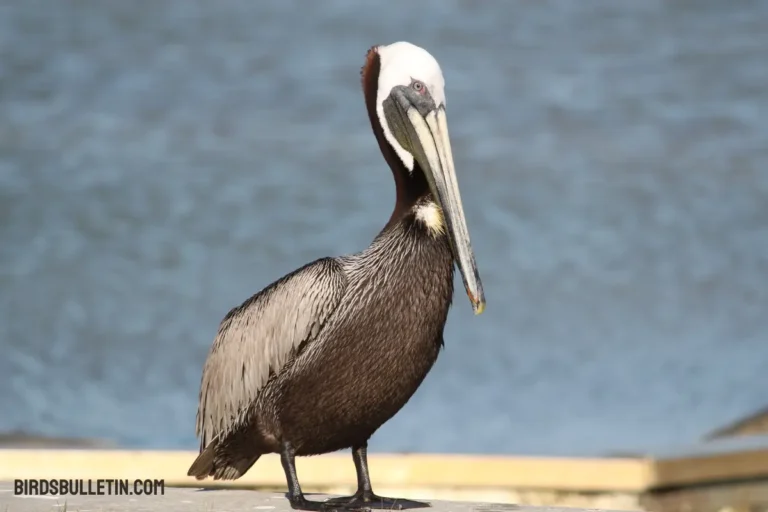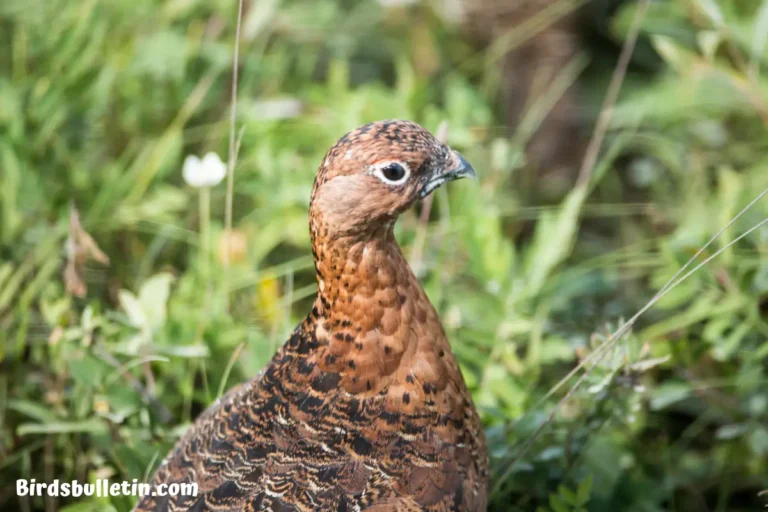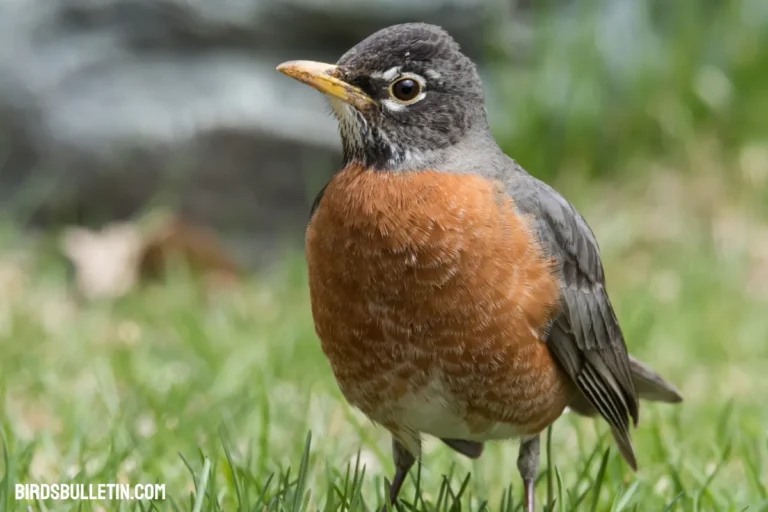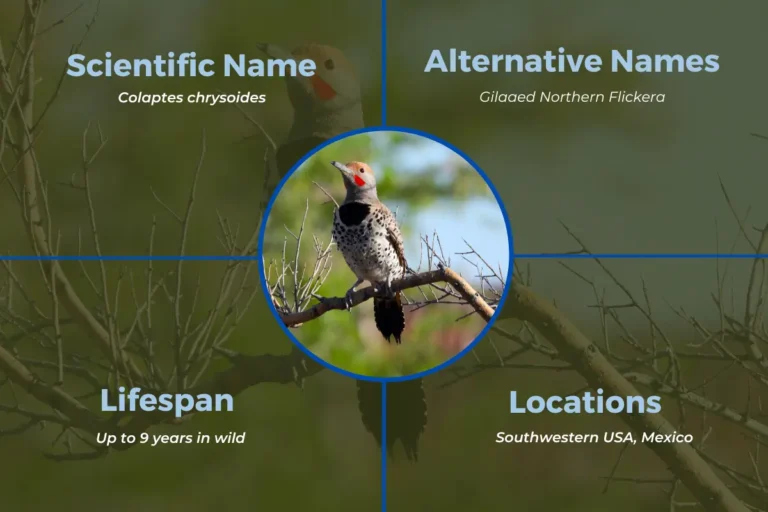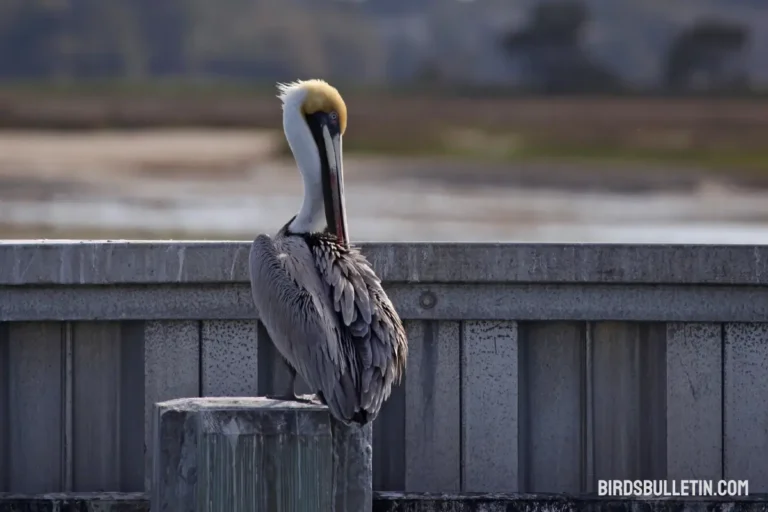Campylorhynchus Brunneicapillus Purus
Among the taxonomically complex variations of the cactus wren, C. b. purus stands out for its pale underpart plumage. Occurring in coastal areas of Baja California, this subspecies was first described in 1930.
However, its distinction from the related C. b. affinis remains debated. Read on for an overview of this enigmatic desert bird.
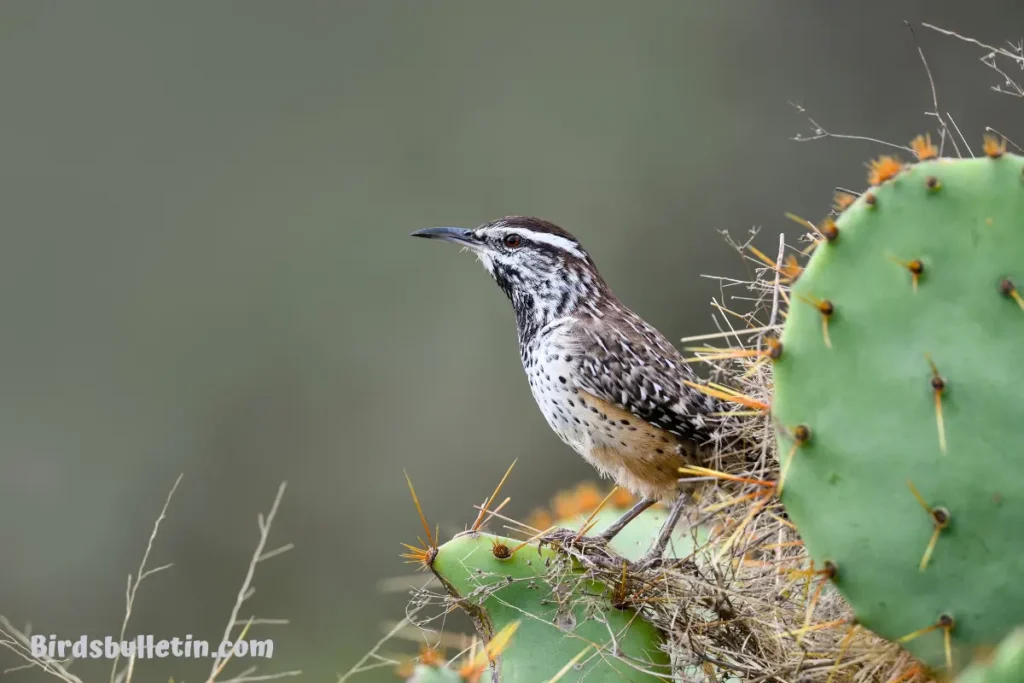
Looking for more overview about bird subspecies:
Scientific Classification
- Kingdom: Animalia
- Phylum: Chordata
- Class: Aves
- Order: Passeriformes
- Family: Troglodytidae
- Genus: Campylorhynchus
- Species: C. brunneicapillus
- Subspecies: C. b. purus (Van Rossem, 1930)
Identification
Here are some key features that can help to identify C. b. purus:
- Clean white underparts with little to no spotting
- Paler cinnamon flanks compared to other subspecies
- Upperparts gray-brown with white streaking
- Dark bill with pale lower mandible
- Legs pinkish in color
Overall, this subspecies has a bright, pale appearance.
Location
C. b. purus occupies the eastern and western coasts of central Baja California, Mexico. Its range may overlap with C. b. affinis in places.
Interesting Facts
This bird is characterized by its distinct coloration, particularly its almost pure white underparts.
The name “purus,” originating from Latin, translates to ‘pure’ or ‘clean,’ reflecting the subspecies’ striking appearance. Here are some cool facts about this subspecies of Cactus Wern:
- Inhabits arid scrublands and dry tropical forests
- Forages on insects, spiders, fruits, seeds and nectar
- Males sing loud, bubbling songs from elevated perches
- Breeding pairs defend nesting territory together
- Constructs nests low in cacti and thorny bushes
Conservation Status
This subspecies is relatively common in its coastal range. The IUCN Red List classifies C. b. purus as Least Concern for extinction.
Conservation of Natural Habitat
Conservation efforts should focus on preserving the diverse habitats of Baja California, both on the eastern and western coasts, to safeguard the populations of C. b. purus. Protecting these areas from habitat destruction and human encroachment is essential for the conservation of these subspecies.
Frequently Asked Questions
1. What plants do these subspecies use for nesting?
This subspecies does build nests low in cacti and thorny bushes, especially cholla, that provide protection.
2. How does the unique coloration of C. b. purus benefit its survival in its coastal habitats?
C. b. purus’ nearly pure white underparts may provide camouflage in the bright desert sunlight, helping it blend into the sandy coastal landscapes and evade potential predators.
3. Are there any specific threats faced by C. b. purus in its coastal habitats?
Coastal habitats are often vulnerable to human activities such as urbanization and pollution. Protecting these areas from these threats and preserving the natural vegetation is important for the conservation of C. b. purus.
Summary
This beautiful cactus wren subspecies inhabiting the eastern and western coasts of Baja California stands out with its nearly pure white underparts and distinct coloration.
Its adaptability to coastal environments and unique appearance make it a noteworthy member of the cactus wren family. While currently considered of least concern, the conservation of its diverse habitats remains crucial for its long-term survival.



